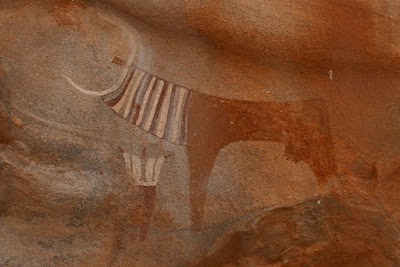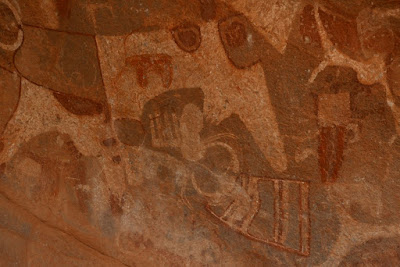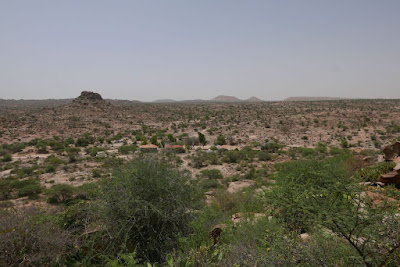When the archeologist Margareth Mead was asked by a student about what was the first sign of civilization, she replied "a 15000 year old fractured femur". It had been broken, and subsequently healed.
The femur is the longest bone in the body, and if you break it, it is both painful and a very long process of healing. Even in our time. If an animal breaks such an important bone, it is essentially a death sentence. The herd/flock/pride will dump it for the good of the rest. The broken and then healed femur means that for the first time, man decided to forego the benefit of the tribe to help this one individual. Which meant the whole tribe sacrificed their safety and the food supply to make sure this member survived. A clear sign that man had moved from merely surviving, to creating a civilization. They began to care.
Up until that time, the main thing was survival. And anyone who couldn't contribute, would be left to die. In the animal world, this is a necessity. It is how the group survives. But suddenly, we began to care. About someone other than ourselves. And that might be one of the reasons we have come this far. Unfortunatley, we seem to have forgotten this now. Gone back to animalistic thinking about our own survival. That caring for others is weakness. That spending resources on other people than our immediate group has somehow become too expensive. And we rationalize it away. As if we have "evolved" beyong empathy. And I think about those people, 15000 years ago. How they came to realize the value of everyone. And that their survival depended upon that value.
Civilizations started when we stopped being mere intelligent animals trying to survive, to becoming a society that took care of its members, no matter the cost. But I also think that there is another aspect to this. Cave drawings. From the simple hand imprints to the artistic. And here in Somaliland, in a place called Laas Geel, I have seen some drawings that were simply stunning. As I walked through the area, from cave to cave, I was struck by the sheer complexity of the drawings. Not just stick men and simple animal drawings. But abstract artistry. I stood there for a while, trying to imagine how it was back then.
At some point in their history, the people of these lands looked at their fingers and found color. From mud, sand, clay or plants they encountered. And something happened in the brain of one or more of them. While sitting in their cave, sheltering from the elements, man became an artist. Depicting the world around him. And I can only refer to my pictures and let the readers asses for themselves. This is truly great art!
 |
| Wildebeast? |
 |
| Animal and a partially abstract human |
 |
| Human on top of animal? |
 |
| Relative sizes? Or just human with animal? |
 |
| Giraffe. No longer in these areas |
 |
| Daggers? |
Why? What was the purpose? Maybe it was used to pass on information from one generation to the next? Storytelling has been a part of human history for thousands of years. Used to teach the next generation about the environment around them. How to see the signs of the weather. How to find prey. What to eat, and stay away from. Maybe it was a way to tell the stories of the tribe? To give a sense of common history and purpose. To create a sense of belonging. Or maybe, just maybe, man had come so far that he no longer needed to have a purpose? That civilization had come so far that they no longer needed purpose for something to have value. That a human or an activity had value in itself? Simply "Ars Gratia Artis". Art for art's sake?
I stood there, looking at the art and thinking. Some 10 000 years ago, someone painted this. And here I was, looking at it. They are long gone, but their art is still here. Leaving us baffled. In awe and wonder. I just had to do something I wasn't supposed to. That I regretted doing. I laid my hand on it. Touched the same place as the hand of an ancient artist. The rock touched my fingers. Just like it did the artist.
I turned and looked at the landscape. Like they would have done.
What were they thinking? What were they seeing? What filled their imagination? What did they dream? Are these drawings their dreams? I will never know. But I do know this : Their history is our history. And now I have seen and touched some of that common history. I had reached the pinnacle of my trip. And this alone made the trip worth it.
 |
| In awe and wonder in front of this ancient art gallery |
Ragnar








Ingen kommentarer:
Legg inn en kommentar